Saint Louis University’s Middle Eastern Student Association (MESA) hosted a craft night highlighting how Palestinians resist oppression through art and clothing on Oct. 10.
The two-hour event included a short presentation about art activism and a chance for students to paint tote bags and canvases. The Sinquefield Room in DuBourg Hall was filled with laughter, food and conversation, both in English and Arabic. Students painted symbols like flowers, watermelons and the Palestinian flag.
During the presentation, MESA’s media chair, Sara Albarcha, talked about the significance of tatreez, a traditional Palestinian women’s embroidery that uses stitch designs to represent cultural identity, geography and history. Albarcha said MESA strives to create a community for Arab students on campus and teach non-Arab students about Middle Eastern history and culture. She wanted this event to be a supportive space for students to talk about Middle Eastern art and struggles.
“Experiencing [one’s culture] through art is always helpful, especially for Palestinians because they are silenced, and a voice for the silenced is art,” Albarcha said. “You don’t have to be loud, and you don’t have to actually speak to express how you feel and express what’s happening.”
The event began with snacks and Albarcha’s 10-minute presentation which called attention to Israel’s war on Gaza and Lebanon and the massive humanitarian crisis. More than 41,000 people have been killed in Gaza and over 96,000 injured in the last year. This number continues to increase as thousands more are still missing under the rubble.
Around 1,200 people, including 46 Americans, were killed by a Hamas attack on Israel on Oct. 7, 2023.
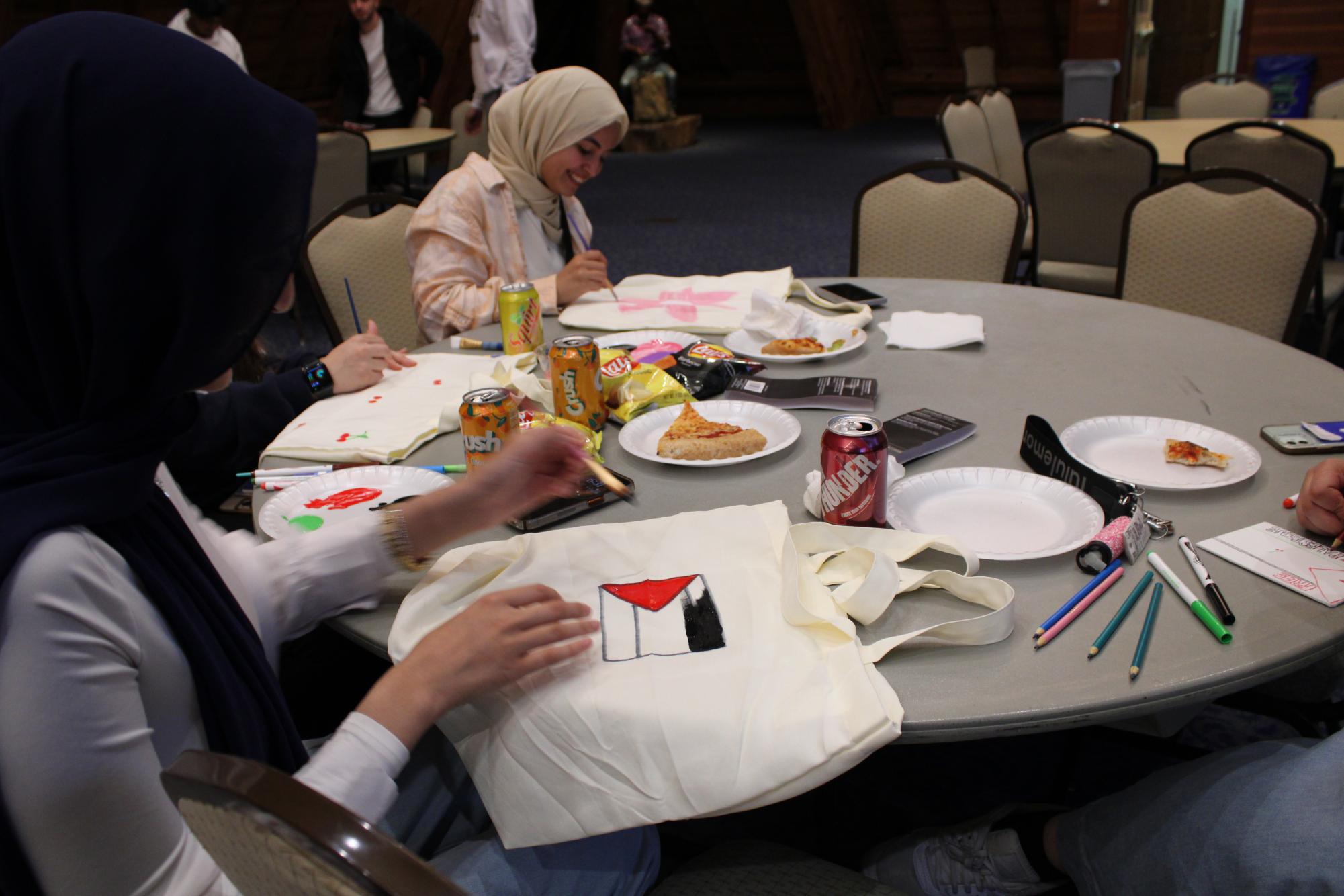
After the presentation, some participants took and decorated a tote bag or canvas. Many students were already wearing symbols of defiance at the event.
Freshman Fatima Amjed wore a keffiyeh bow in her hair. A keffiyeh is a headdress historically worn by nomadic communities in Palestine, featuring patterns that represent olive leaves, fishnets and trade routes. Throughout history, when Palestinians were prohibited from raising the Palestinian flag, they wore keffiyehs as a sign of national pride and protest.
Amjed said she wears a keffiyeh on campus to promote awareness about the crises in Palestine and Lebanon.
“[Many Americans] know the top of the iceberg; they don’t know the full detail of everything going on [in Gaza], and I think it’s important for people to realize that it’s much more than what the media is showing,” Amjed said.
Anissah Groark, a senior psychology student, has relatives from the Middle East and attended the craft night to learn more about her family’s heritage. The presentation taught her about the various symbols that represent Palestine. She had seen many of them before but said she did not know what they stood for.
“I think [art] is a kind of activism,” Groark said. “Especially when documenting history, art can tell you a lot about the time period and what people are going through.”
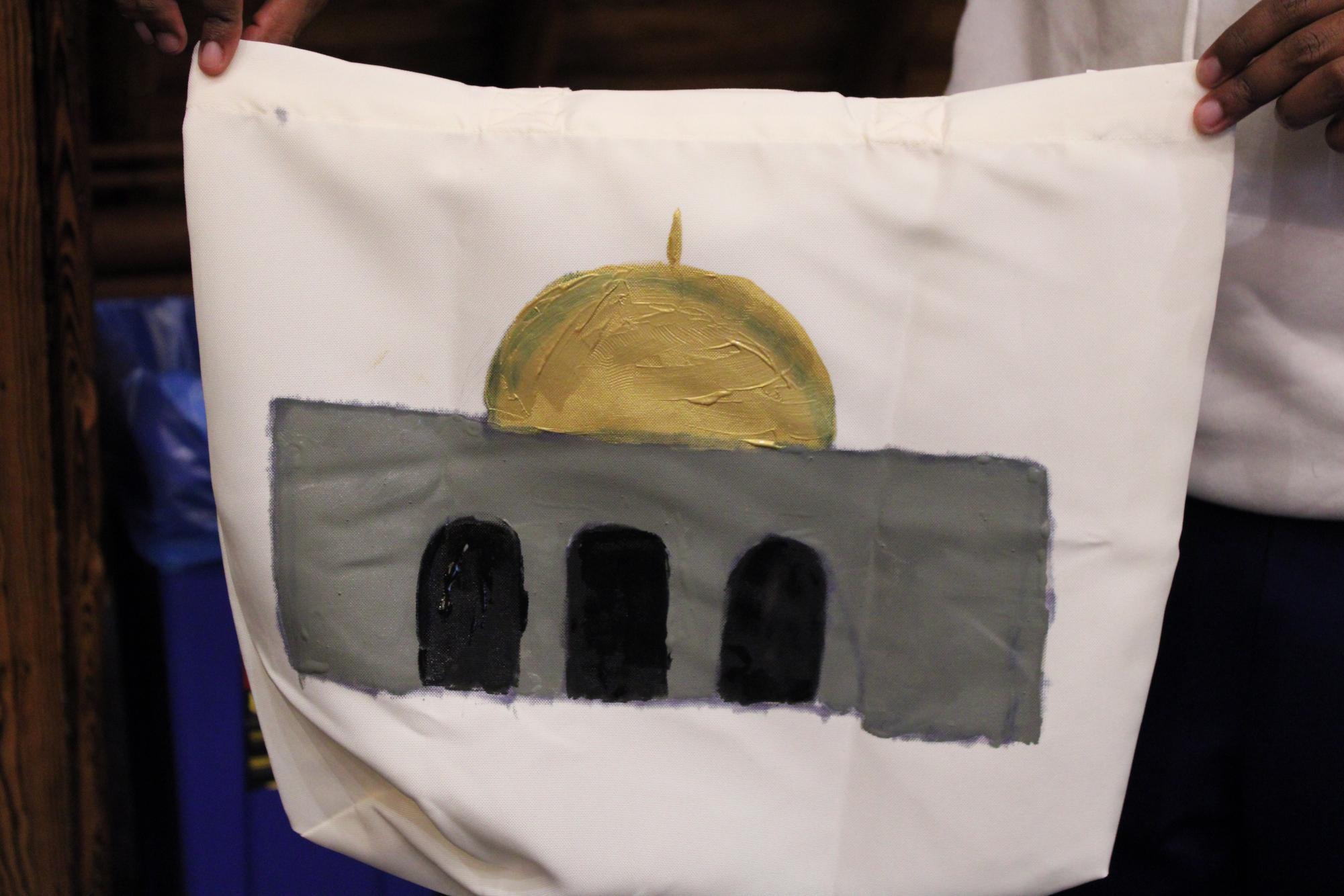




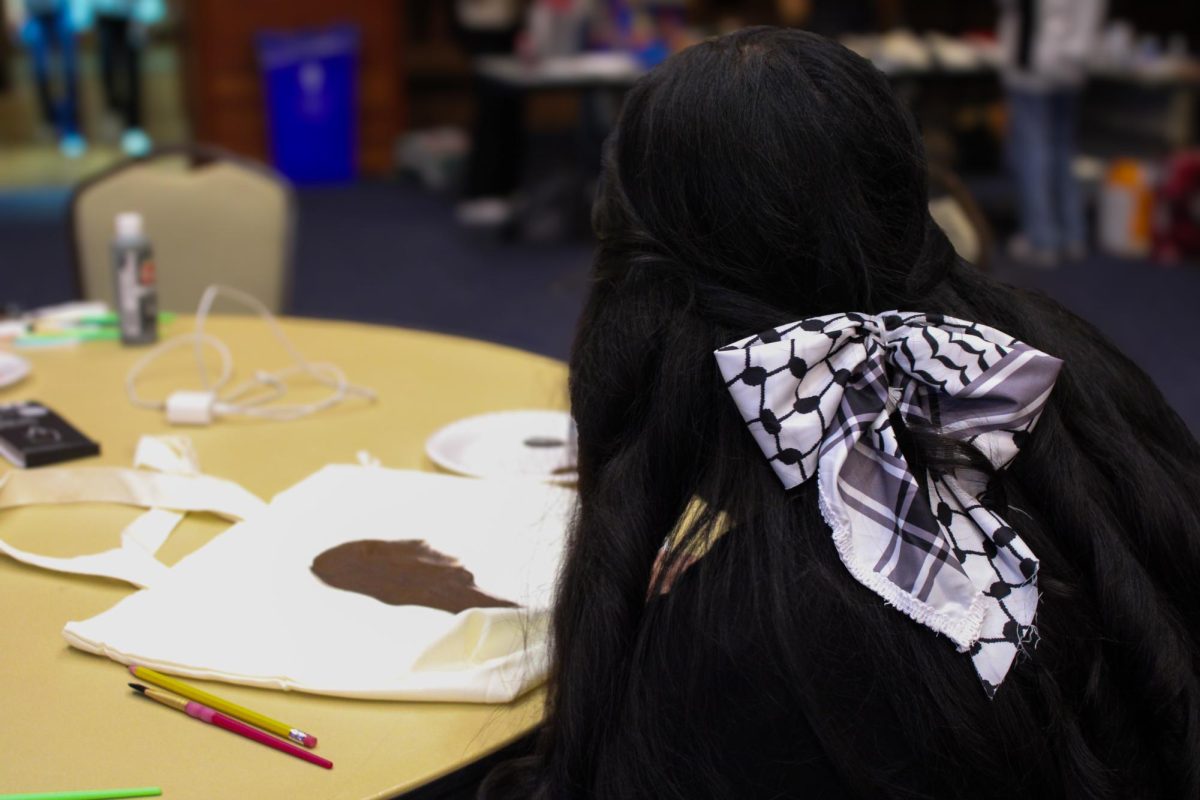
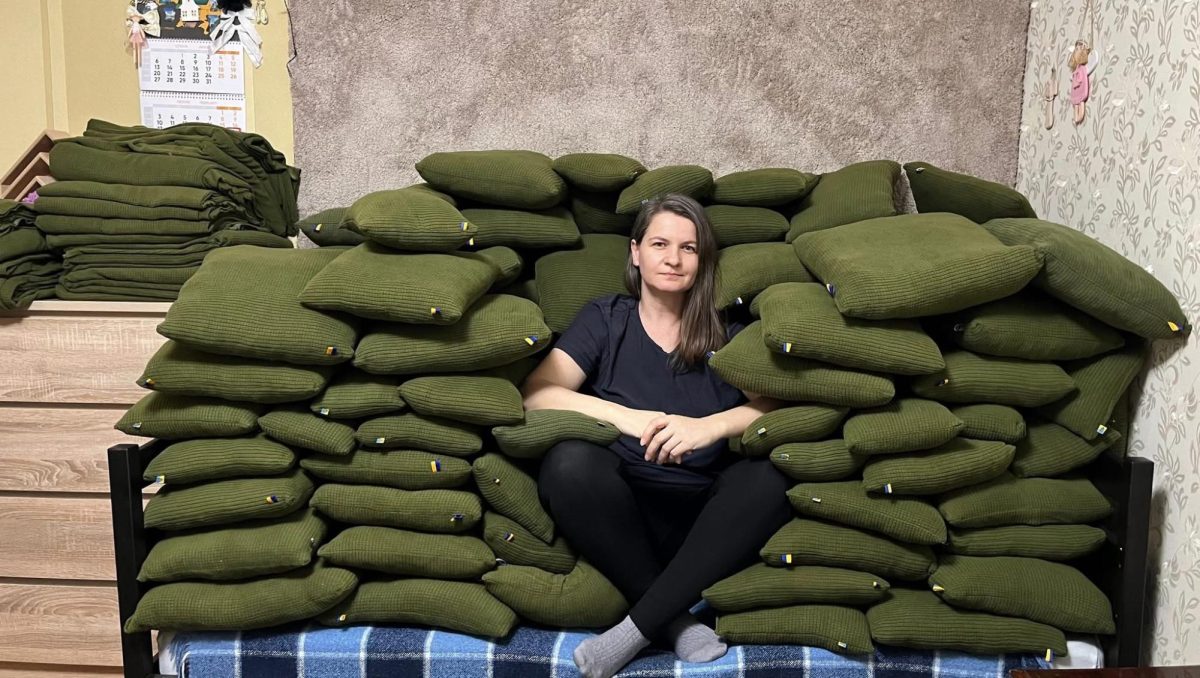
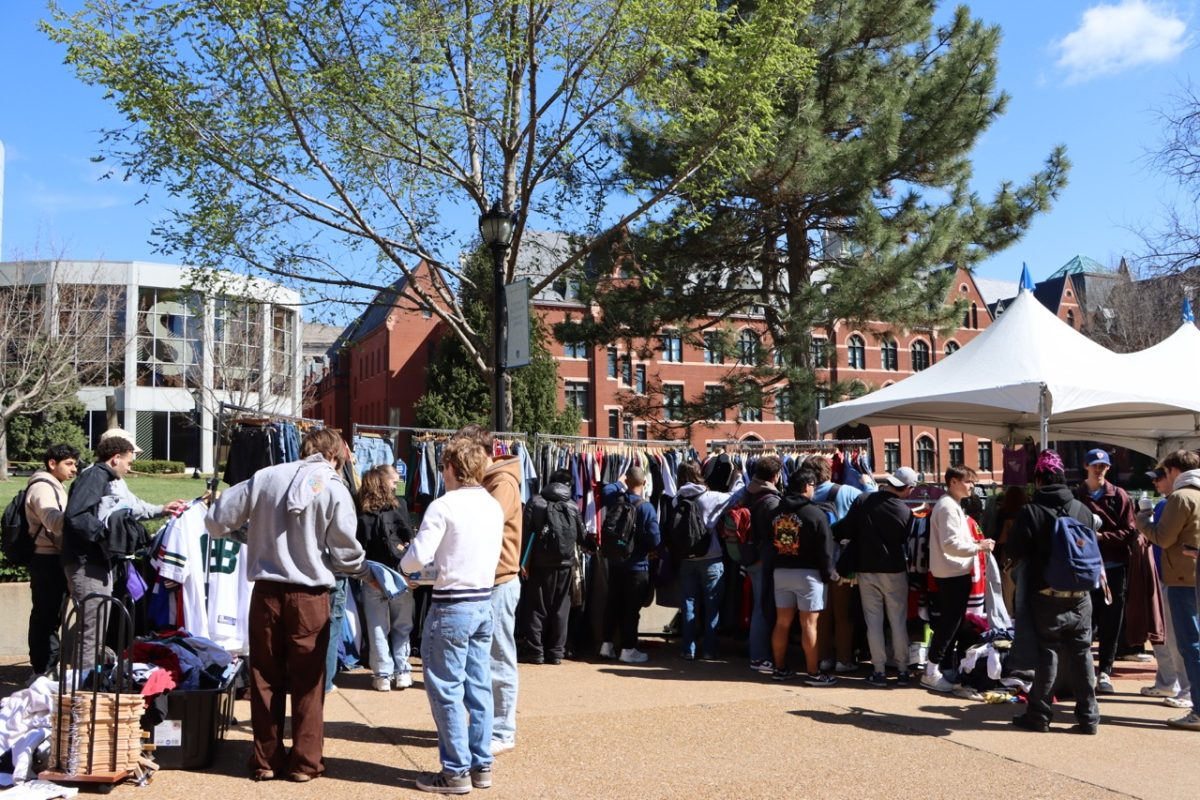
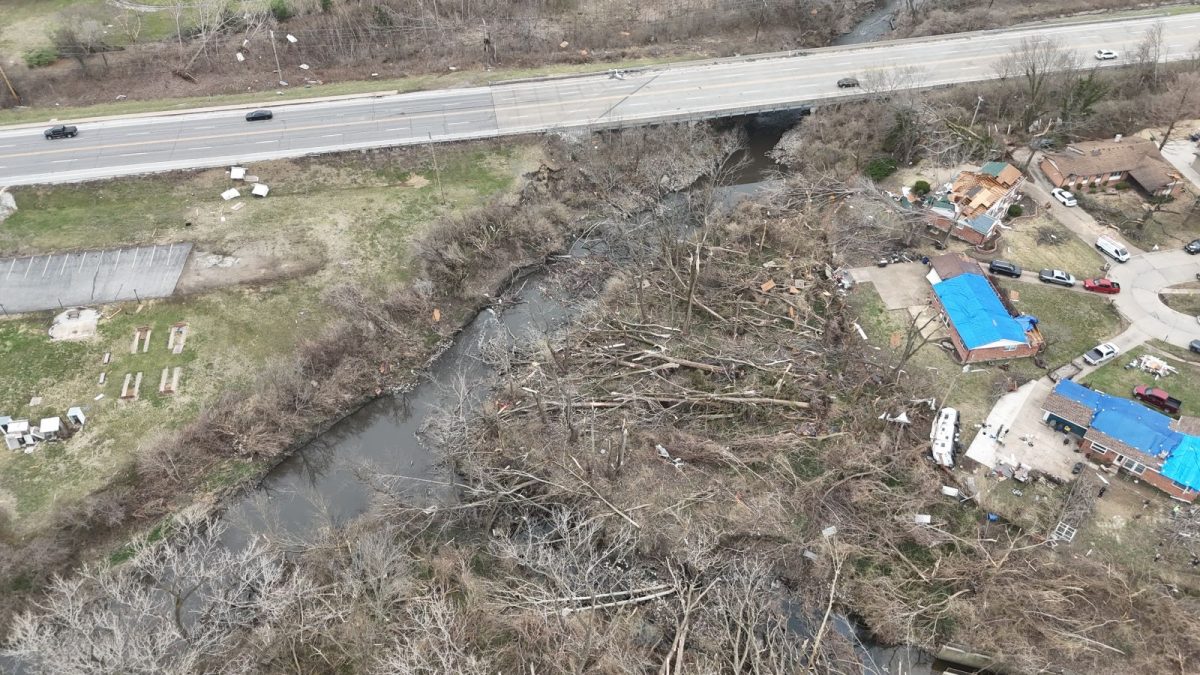
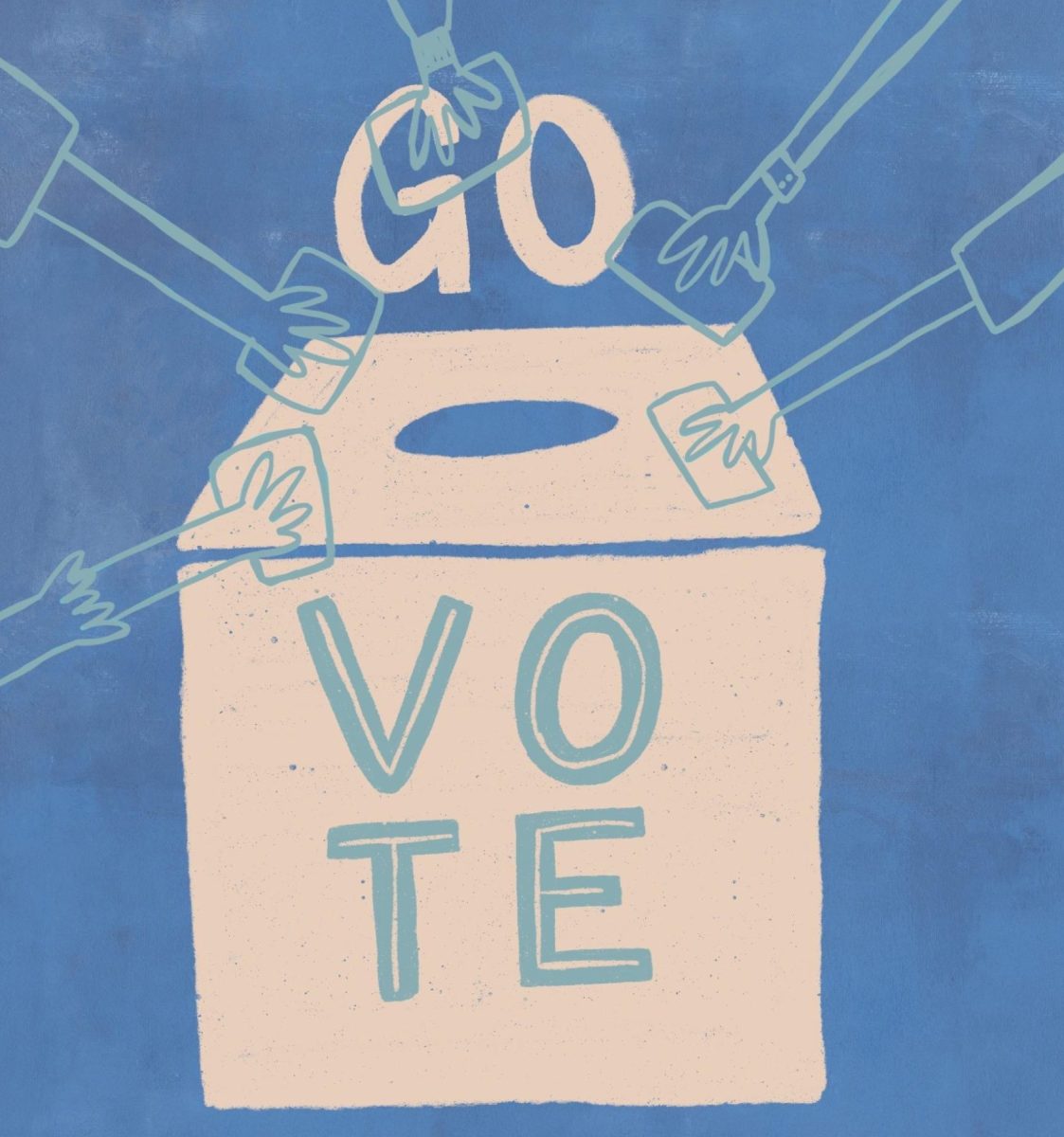
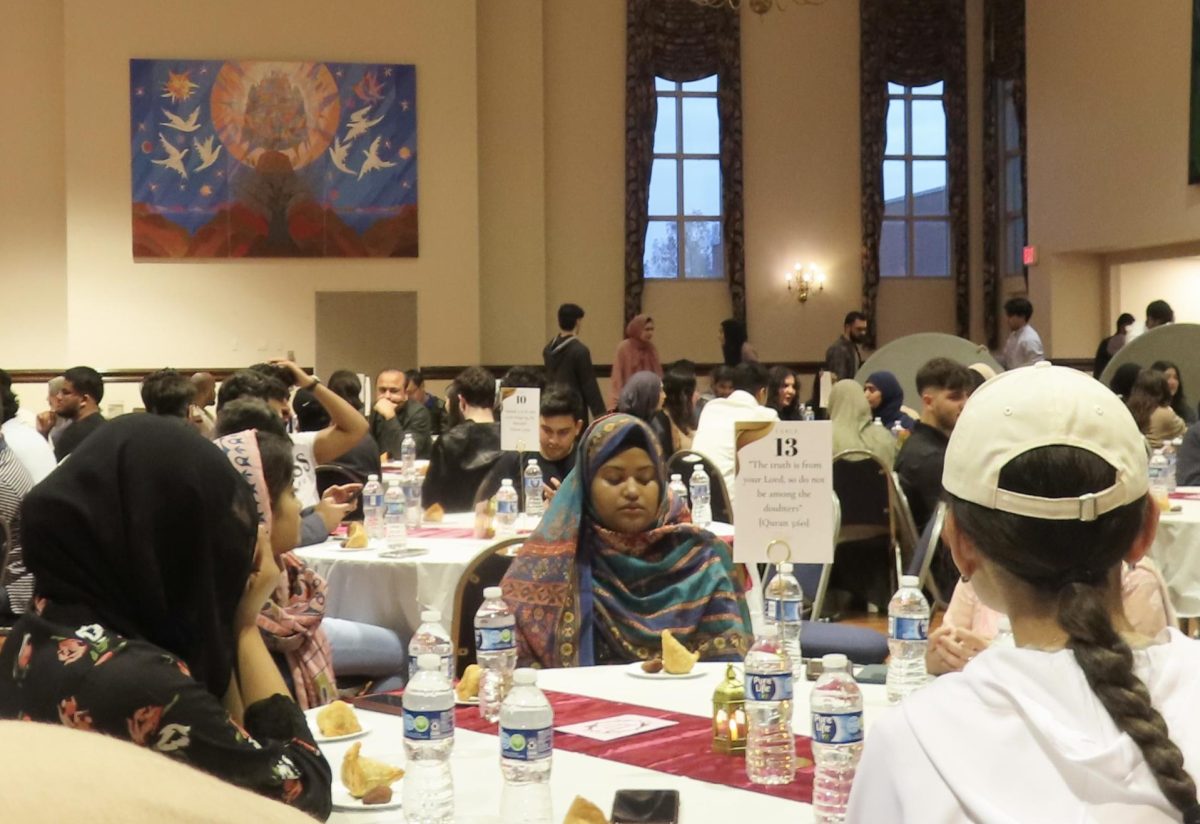
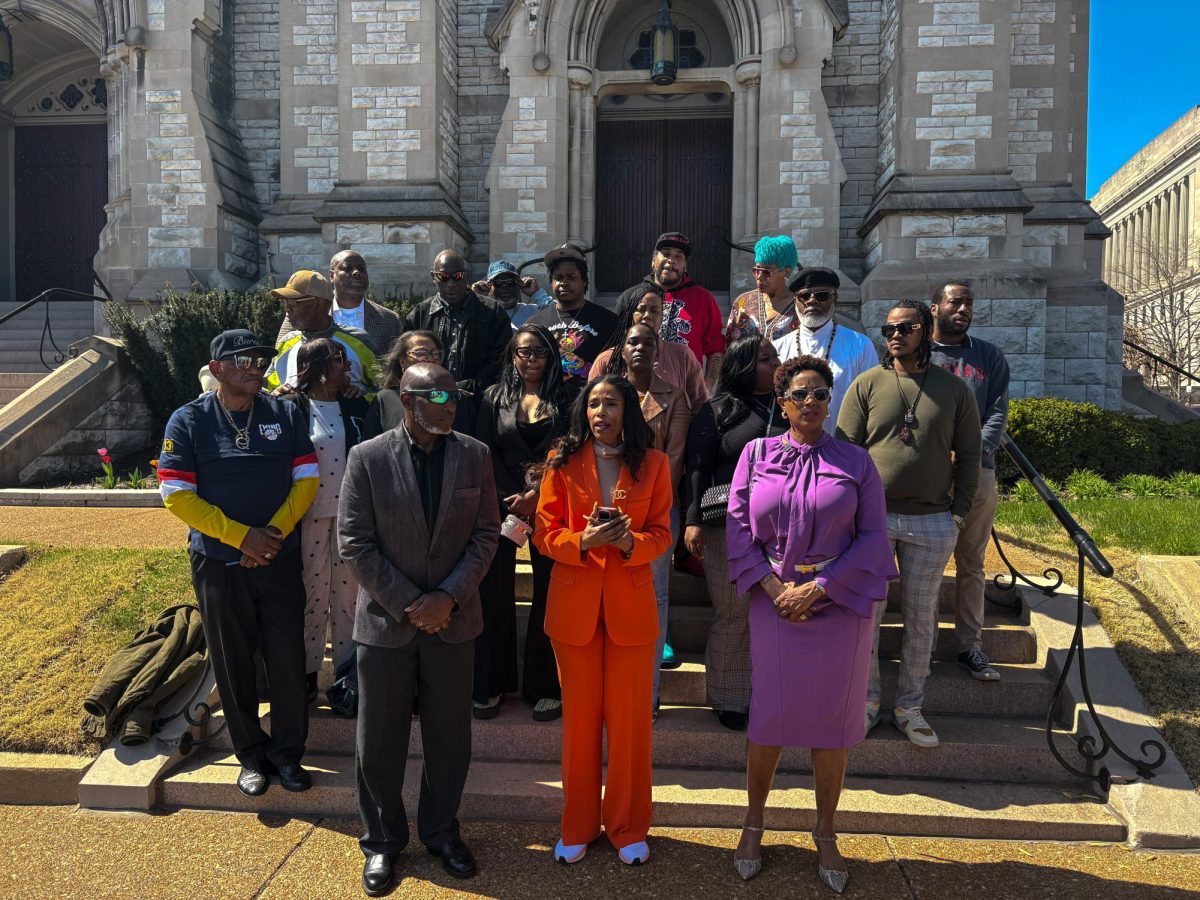
Nejla Hodzic • Oct 14, 2024 at 7:08 pm
This is a great piece, thank you for covering this event and highlighting art as a means of resistance!